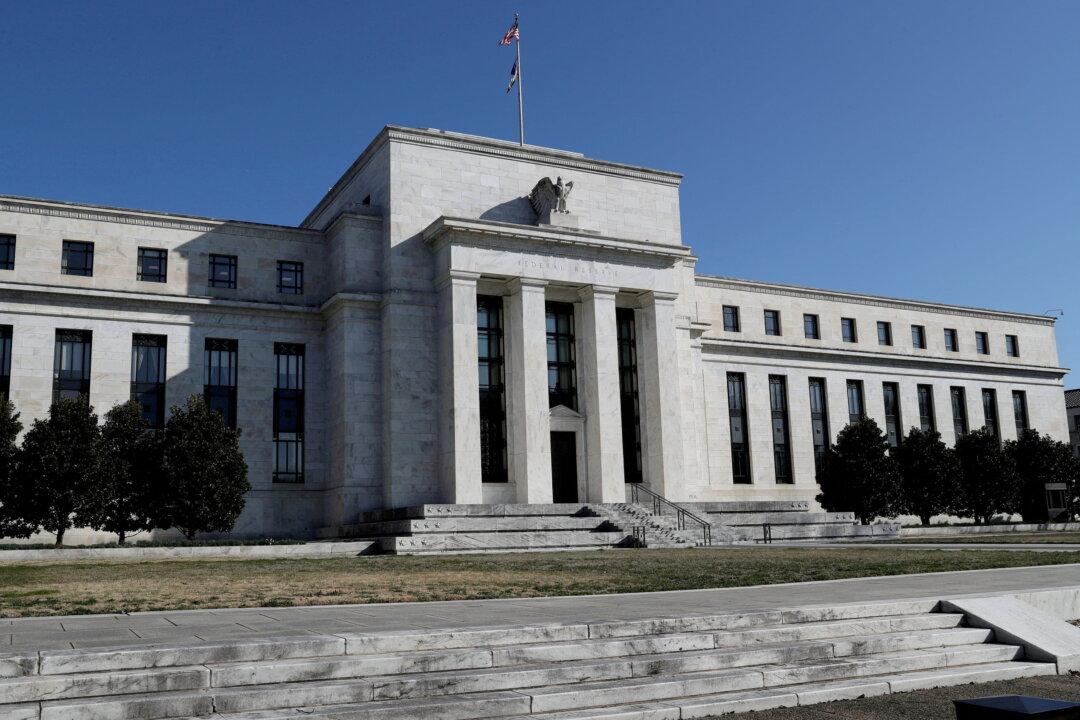The Federal Reserve doesn’t see much evidence that broad-based inflationary pressures are easing, and says that 40-year-high inflation will take time to resolve, minutes from last month’s Federal Open Market Committee (FOMC) revealed on Aug. 17 (pdf).
“Participants agreed that there was little evidence to date that inflation pressures were subsiding. They judged that inflation would respond to monetary policy tightening and the associated moderation in economic activity with a delay and would likely stay uncomfortably high for some time,” the minutes state.





